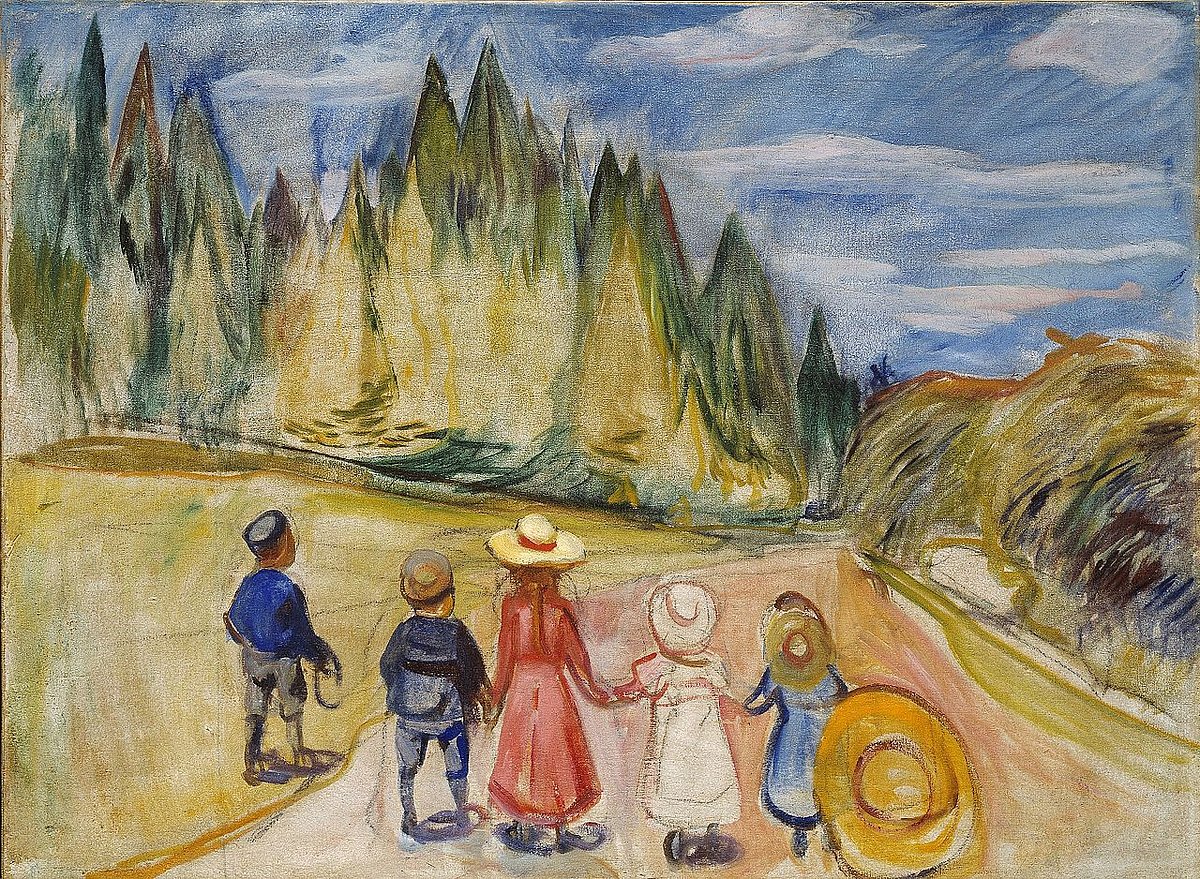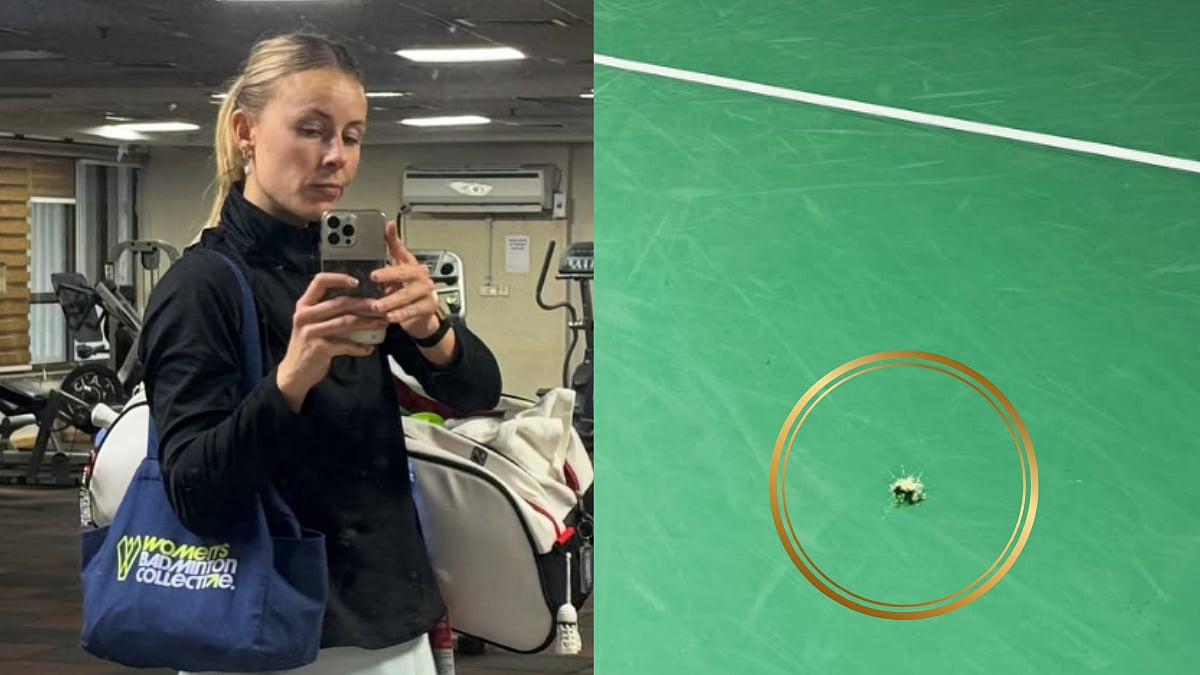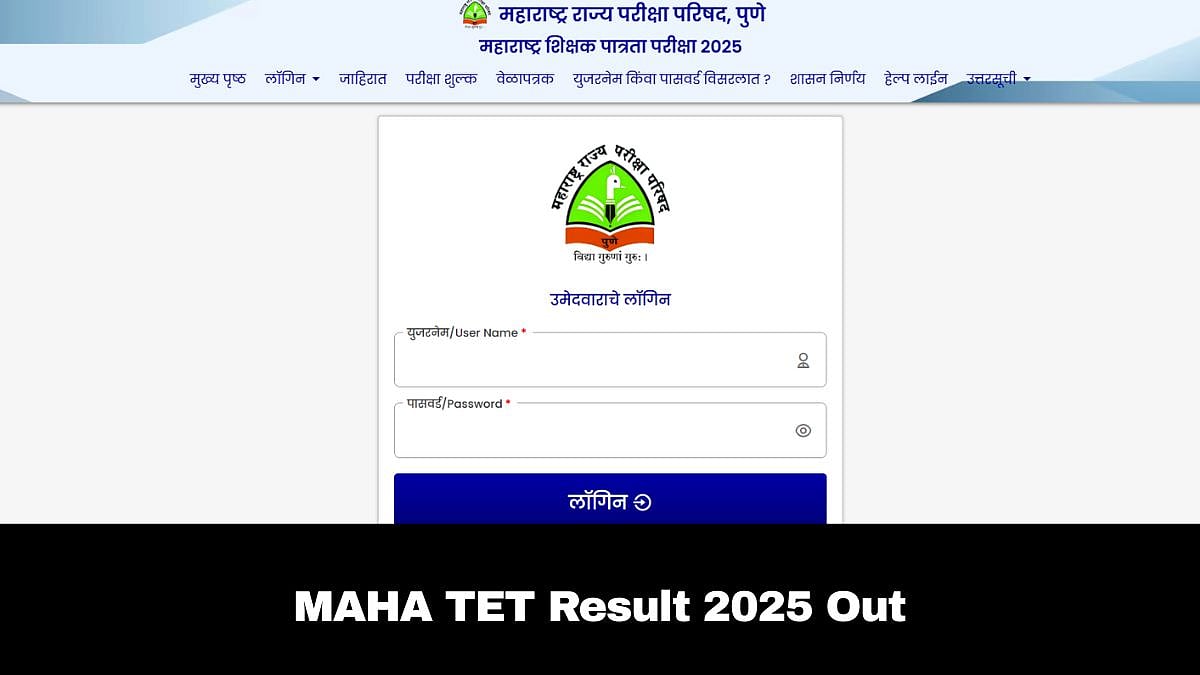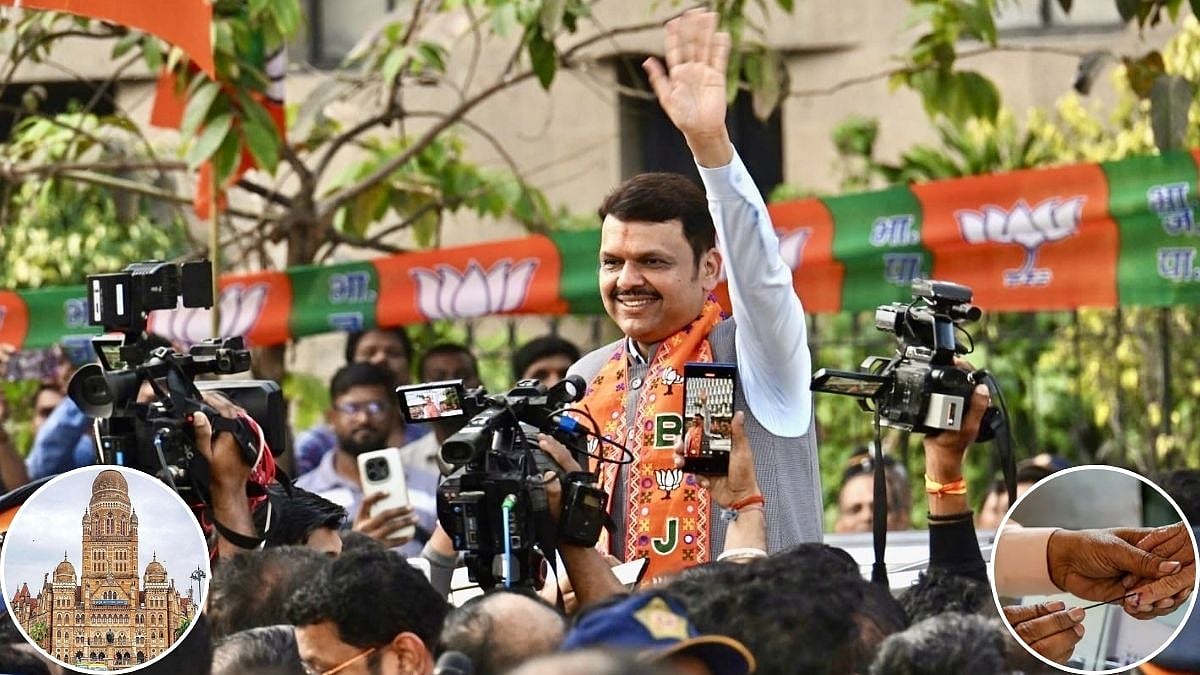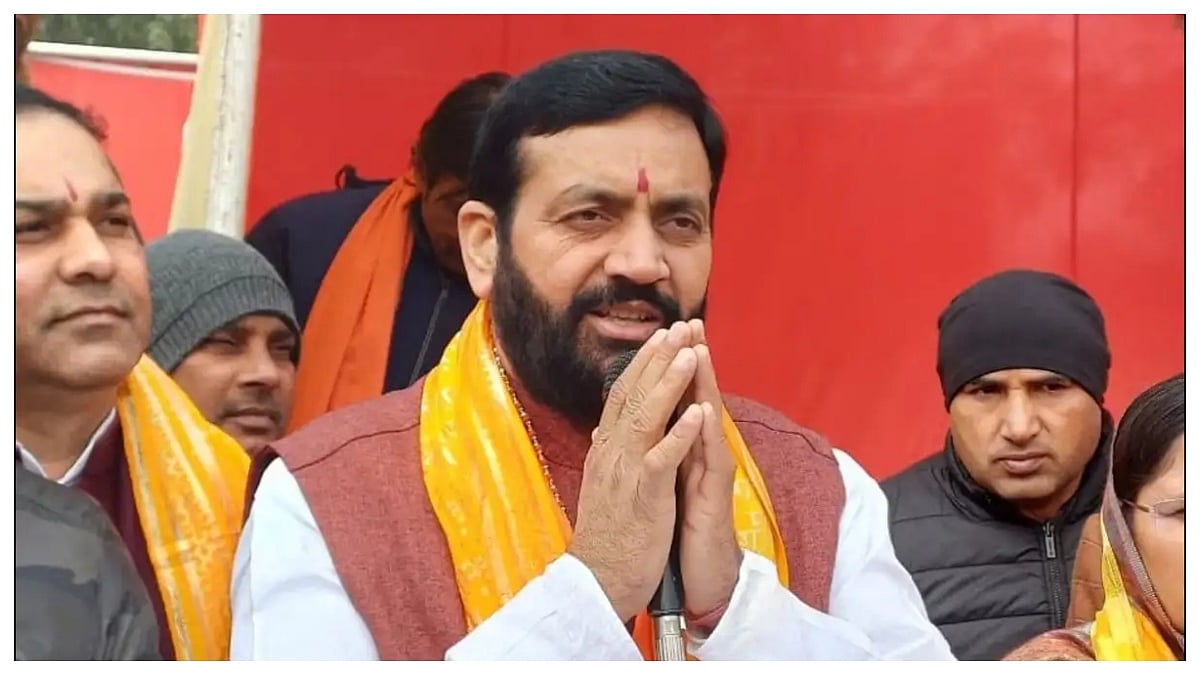Another International Women’s Day whizzed past (the first was observed on March 8, in 1914 and in different forms in other countries before that), with a frenzy of sending e-cards and buying gifts, since everything is eventually reduced to commerce.
Women have accomplished much, though there are still some major battles being fought over gender parity at work and the resistance to sexual harassment is gathering strength, there are still some myths to be busted — the biggest being the ‘Happily Ever After’ fairytale fed to most girls from childhood.
In all the popular children’s stories like Cinderella, Rapunzel, Snow White, Sleeping Beauty, there is a damsel in distress who is rescued by a Prince Charming; the story ends with a wedding and that mandatory happily ever after, which women are told they have to aspire to. For men, bachelorhood is not such a disgrace and nobody gives them ugly labels like spinster, old maid and the Chinese term ‘leftover women’; they are never told that they missed the bus or are left on the shelf.
It is quite recently that writer Helen Fielding used the word ‘singleton’ and actress Emma Watson coined the term ‘self partnered’ to give some much-needed dignity to the single woman — though both terms could apply to men as well.
Interestingly, according to writer Melissa Ashley, fairytales were invented by French female writers, known as conteuses or storytellers. The author of the book The Bee And The Orange Tree about the life of Baroness Marie Catherine d’Aulnoy, the originator of the term fairytale, writes in The Guardian, that D'Aulnoy “didn’t need another hero when she published the very first fairytale in 1690. Her resourceful fairy queen Felicite was a true heroine, ruling over a magnificent kingdom and showering her lover, Prince Adolph, with devotion and gifts, only to be abandoned when he sought fame and glory over their mutual happiness....Marie Catherine d’Aulnoy’s central theme was the critique of arranged marriage, her heroines agents of their own destinies.”
This was at a time when even in the West women were married young to men their parents chose, they could not work outside the house, get a divorce, inherit or own property. The stories written by women in seventeenth century France were presented at literary salons. The fairytales by D’Aulnoy, Comtesse Henriette-Julie de Murat, Mademoiselle L’Héritier and Madame Charlotte-Rose de la Force were even published. Their stories were these women’s response to the rampant patriarchy of the times.
Ashley writes that in D’Aulnoy’s stories, “Gender roles were reversed; princesses courted princes, bestowing extravagant favours and magnificent gifts – such as a tiny dog encased in a walnut that danced and plays the castanets. D’Aulnoy’s Prince Charming, from her tale The Blue Bird, still holds appeal to modern readers, particularly for his stamina, enduring many long hours of attentive conversation and devotion to nurturing a courtship with the princess. But she also gently teased and undercut the chivalric code of love. In Finette Cendron, a variant of Cinderella, the prince suffers a life-threatening bout of lovesickness. D’Aulnoy had no imitators in her brilliant crafting of miniature fantastic worlds – a precursor to spec fiction and fantasy. And into her tiny kingdoms she inserted critiques of the patriarchy – her kings, fathers and rulers were ineffective, passive, unreasonable.”
Typically, when the Brothers Grimm starting collecting and publishing folktales in the 19th century, “they dismissed the conteuses as inauthentic," comments Ashey, "as not representative of the voices of the common folk. But the Grimms’ theory that fairytales had a linear relationship to folktales has been exposed by scholars as a nationalist – and masculinist, as the teller was usually an illiterate female – bias. We need to redress this false belief, because it denies us the ability to acknowledge the contributions individual female authors made to stories that continue to have currency in our culture in ever-changing forms: manga, graphic novels, movies, novels, television series.”
The subversion these forgotten writers had aimed at in their past, may be hitting the target centuries later, as several reports state that an increasing number of women are choosing to remain single. The growth of this segment and its financial clout is forcing popular culture to treat unmarried women with a little more respect.
Rebecca Traister in her book All The Single Ladies: Unmarried Women And The Rise Of An Independent Nation claims that this demographic has compelled society to acknowledge its power. “For the first time in American history” she writes of the early 2000s, “single women outnumbered married women.” Also for the first time, she reports, “it is as normal for [young women] to be unmarried as it is to be married, even if it doesn’t always feel that way.”
In a review of the book in Ms Magazine, Audrey Bilger writes, “Traister surveys the changes over centuries that led to this moment and tells her own tale of singlehood along with life stories gathered in dozens of interviews. What emerges is a narrative about the profound changes taking place as women become free to map their own destinies without following the obligatory marriage plot….Responding throughout to conservative pundits who lament the demise of marriage as an institution, she counters that marriage today has a “high symbolic value.” No longer taken for granted as the requisite next step in early adulthood, “it’s something that women and men feel is worth holding out for, being prepared to enter responsibly.” She sees the marriage-equality victory as part of the shift from obligatory traditional gender roles within legal unions.”
Further, Traister urges readers “to greet the epoch of single women that’s upon us with open eyes and curious minds.” Women who reject marriage and the role of the traditional wife and mother, are not man haters, they just don’t find fulfillment as homemakers, when a world of opportunity lies before them. They may eventually choose to marry, but would also expect, or demand, a more egalitarian relationship, that does not deny them their potential for achievement. Clearly, happily ever after has to be redefined.
The writer is a Mumbai-based columnist, critic and author.
